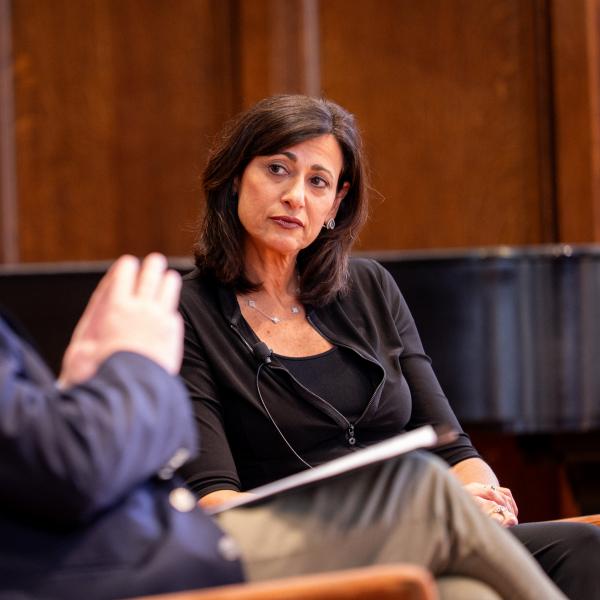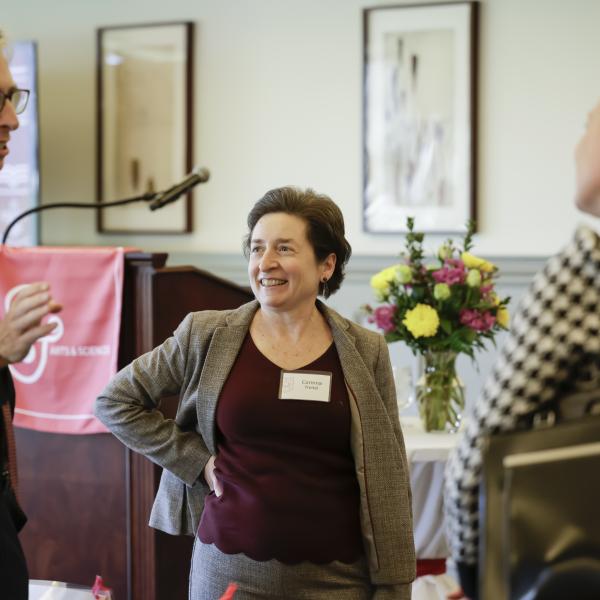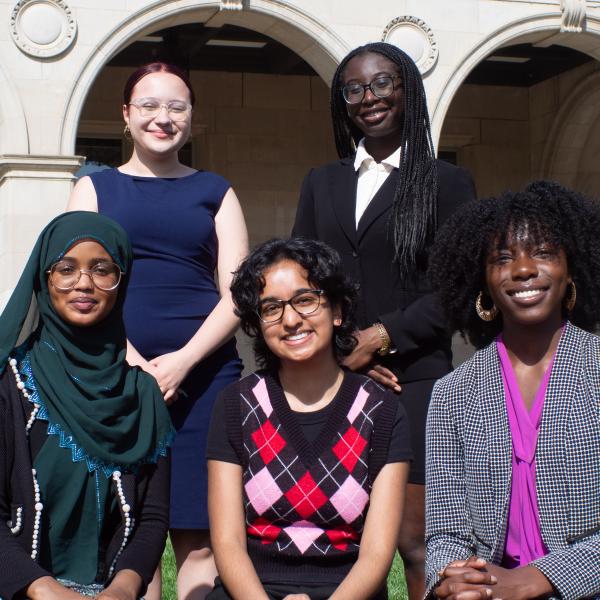In 2003, bestselling author Max Brooks published the Gray’s Anatomy of survival guides. The Zombie Survival Guide took readers on a journey through the anatomy of the living dead: their physical attributes, behavioral patterns and historical origins. Some balked at the concept, some wrote it off as nonsense, and some hid a copy under their bed just in case.
If you are Jamie Thomas, AB ’06, the survival guide sits alongside a collection of research on the re-animated dead: Pride and Prejudice and Zombies, Resident Evil, Night of the Living Dead, The Brain That Wouldn’t Die and soon, Zombies Speak Swahili, Thomas’ upcoming book published through Oxford University Press.
An assistant professor at Swarthmore College, Thomas specializes in sociolinguistics, Swahili and zombie studies. Given that zombies aren’t known to be literate or loquacious, the intersection of fields is both unorthodox and curious.
“Thinking about zombies is a way of thinking about what makes us human. That’s the way I approach it,” Thomas, dawning vibrant lavender glasses and a broad smile, explains. “And without language, humans are not as human as they purport to be.”
Thomas’ fluency in Swahili and love of language originated at WashU, where she studied Anthropology and Swahili Studies, but her zombie intrigue didn’t surface until her year of fieldwork in Mexico City, where she observed African studies classes. One day during a discussion around media and violence, a student introduced Thomas to Resident Evil, a survival horror video game with zombies speaking Swahili instead of their typical dribble.
Two years later, after traversing Tanzania and Micronesia, Thomas kept returning to that moment in Mexico City. Zombies, she thought, are the perfect medium for teaching why language matters to students.
“When you get this idea of a zombie being paired with a language like Swahili, what you begin to see is the dehumanization of such a language,” Thomas says. “Then it begins to point to a larger issue in the constellation of the way we treat each other – which languages count closer to humanity and which languages don’t.”
The conjuring of a zombie, which the American media appropriated from Afro-Caribbean culture, appeared in films like White Zombie and I Walked With A Zombie in the early half of the 20th century, but it wasn’t until George Romero’s 1968 B-movie Night of the Living Dead that we were introduced to the now-familiar creature: the peaked, wide-eyed, flesh-eating, once-human we know today.



